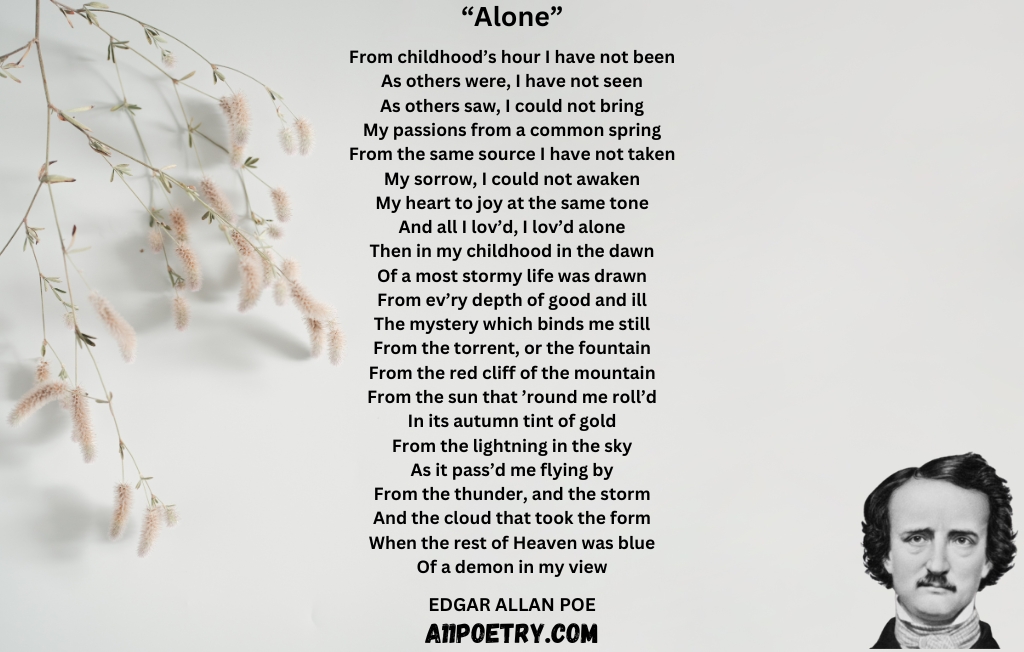




Edgar Allan Poe (January 19, 1809 – October 7, 1849) was an American poet, short story writer, editor, and literary critic, best known for his macabre and Gothic tales and…
Edgar Allan Poe, renowned for his dark and mysterious themes, also crafted poignant love poetry that reflects deep emotion and longing. His work often blends beauty with melancholy, exploring the…